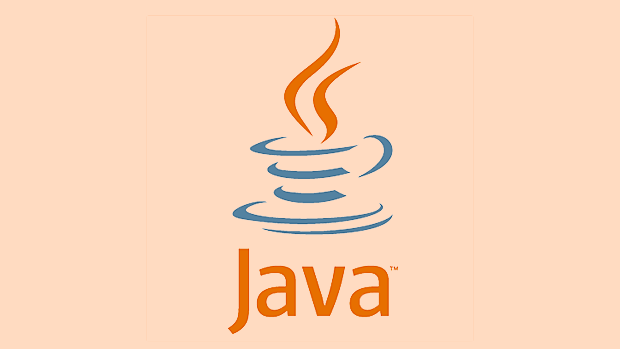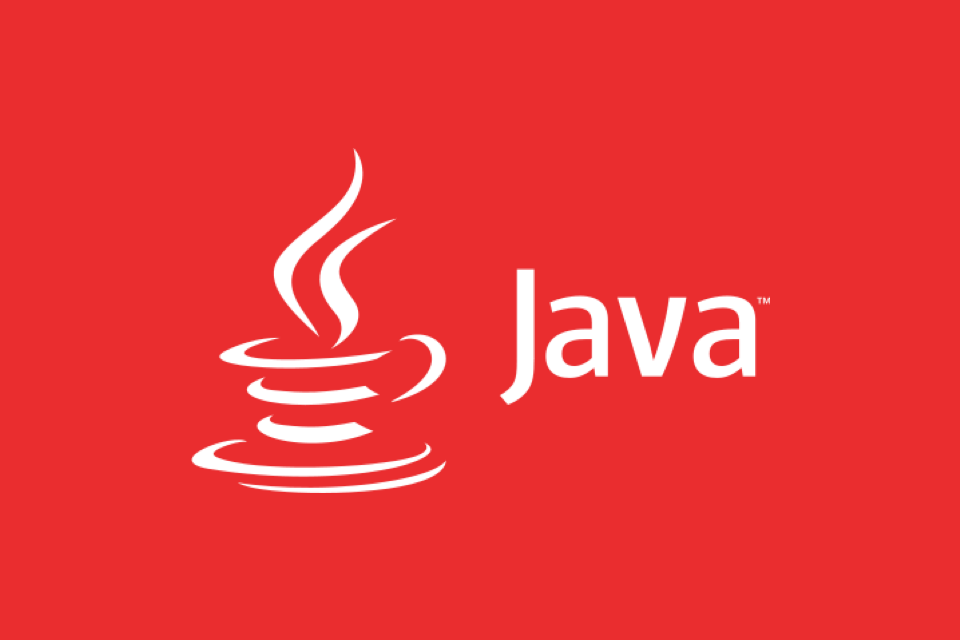The method to judge Java memory leaks includes observing the continuous growth of heap memory, frequent Full GC and poor recycling effect, OutOfMemoryError exceptions, and can be analyzed by jstat and jmap. 2. Common reasons include cache not being cleaned, listener not being logged out, ThreadLocal not being cleaned, and static collection abuse. The response methods are to use weak references or regular cleaning, timely anti-registration, call remove(), and reasonably design static collection cleaning logic. 3. In terms of tools, it is recommended to assist in positioning leakage points such as VisualVM, Eclipse MAT, YourKit, etc., and you can observe the growth trend of the object by comparing heap dump. 4. After repair, it is necessary to simulate the load and perform stress tests in the test environment. After it is launched, the GC log and memory changes are continuously monitored to confirm stability.

Although Java memory leaks are not as conspicuous as C, once they occur, they will affect performance at the least, and at the worst, they will cause system crashes. This type of problem is usually not easy to detect, especially in online environments, which is also troublesome to troubleshoot. The key is to detect and deal with it early.

1. How to determine whether there is a memory leak in a Java application?
To determine whether a memory leak occurs, we must first look at the behavior of GC and the changing trend of heap memory.
- Continuously growing heap memory usage : If the memory of the old generation does not drop significantly after each Full GC, and the overall heap usage continues to rise, it is likely to be a memory leak.
- Frequent Full GC : JVM frequently triggers Full GC, but the recycling effect is very small, which also means that some objects have been retained and cannot be released.
- OutOfMemoryError Exception log :
java.lang.OutOfMemoryError: Java heap spaceorGC overhead limit exceedederrors, which is an obvious signal.
At this time, you can first use jstat -gc to view the GC situation, and then use jmap -histo to see which class instances occupy a lot of memory.

2. Common causes of memory leaks and how to deal with them
Most Java memory leaks are "unconscious object retention", which means that the object is no longer used, but is still referenced, resulting in the GC being unable to be recycled.
Several common situations include:

- Cache not cleared : For example, HashMap is used for cache but no expiration mechanism is added.
- Listeners and callbacks are not logged out : For example, the event listener is not cancelled in time after registration.
- ThreadLocal is not cleared : especially when using thread pools, thread reuse can easily cause memory backlog.
- Abuse of static collection classes : Static variables have a long life cycle and are easily "trash can".
The solution is not complicated:
- Consider using weak references (WeakHashMap) or regular cleaning mechanisms for caches.
- Remember to reverse register after using listeners, callbacks, etc.
- Remember to call
remove()method after ThreadLocal is used up. - Avoid unnecessary static collections, and design the cleaning logic if you really need it.
3. Tool-assisted positioning of the source of the leak
It is inefficient to rely solely on code self-checking, and it is recommended to analyze it in combination with tools.
Commonly used tools are:
- VisualVM : A graphical interface, which can directly connect to local or remote JVMs to view heap memory, threads, class loading, etc., and can also do heap dump analysis.
- Eclipse MAT (Memory Analyzer) : It is specially used to analyze heap dump files and find large objects and potential leak points in the "dominant tree".
- YourKit/JProfiler : A commercial tool with more powerful functions and is suitable for in-depth analysis in complex scenarios.
- Command line tools such as jmap jhat : suitable for situations where there is no graphical environment. You can generate a heap dump through
jmap -dump, and then open the analysis withjhator MAT.
A practical technique is: compare the heap dumps at different time points several times and observe which class instances continue to increase, which is basically a suspicious point.
4. Details to be paid attention to during actual repair
To fix memory leaks, you cannot just rely on changing the code, but also pay attention to verification after it is launched.
- Test environment simulates online load : try to restore the real scene as much as possible to expose the problem.
- Do stress test monitoring before going online : Ensure that the modification is effective and no new problems are introduced.
- Long-term observation of GC logs and memory changes : confirm that the memory tends to stabilize after repair.
For example, a project used Spring's ApplicationListener before, but a certain listening class was not destroyed in time, resulting in the entire bean being unable to be recycled. Finally, the reference chain of the listener was found through MAT, and the @PreDestroy annotation was added to clean it up, and the problem was solved.
Basically that's it. Memory leaks are not particularly profound. The key is to consciously avoid "invisible references" when writing codes. When problems arise, you can quickly use tools to locate the root cause.
The above is the detailed content of Java Memory Leaks Detection and Resolution Strategies. For more information, please follow other related articles on the PHP Chinese website!

Hot AI Tools

Undress AI Tool
Undress images for free

Undresser.AI Undress
AI-powered app for creating realistic nude photos

AI Clothes Remover
Online AI tool for removing clothes from photos.

Clothoff.io
AI clothes remover

Video Face Swap
Swap faces in any video effortlessly with our completely free AI face swap tool!

Hot Article

Hot Tools

Notepad++7.3.1
Easy-to-use and free code editor

SublimeText3 Chinese version
Chinese version, very easy to use

Zend Studio 13.0.1
Powerful PHP integrated development environment

Dreamweaver CS6
Visual web development tools

SublimeText3 Mac version
God-level code editing software (SublimeText3)

Hot Topics
 Difference between HashMap and Hashtable?
Jun 24, 2025 pm 09:41 PM
Difference between HashMap and Hashtable?
Jun 24, 2025 pm 09:41 PM
The difference between HashMap and Hashtable is mainly reflected in thread safety, null value support and performance. 1. In terms of thread safety, Hashtable is thread-safe, and its methods are mostly synchronous methods, while HashMap does not perform synchronization processing, which is not thread-safe; 2. In terms of null value support, HashMap allows one null key and multiple null values, while Hashtable does not allow null keys or values, otherwise a NullPointerException will be thrown; 3. In terms of performance, HashMap is more efficient because there is no synchronization mechanism, and Hashtable has a low locking performance for each operation. It is recommended to use ConcurrentHashMap instead.
 Why do we need wrapper classes?
Jun 28, 2025 am 01:01 AM
Why do we need wrapper classes?
Jun 28, 2025 am 01:01 AM
Java uses wrapper classes because basic data types cannot directly participate in object-oriented operations, and object forms are often required in actual needs; 1. Collection classes can only store objects, such as Lists use automatic boxing to store numerical values; 2. Generics do not support basic types, and packaging classes must be used as type parameters; 3. Packaging classes can represent null values ??to distinguish unset or missing data; 4. Packaging classes provide practical methods such as string conversion to facilitate data parsing and processing, so in scenarios where these characteristics are needed, packaging classes are indispensable.
 What are static methods in interfaces?
Jun 24, 2025 pm 10:57 PM
What are static methods in interfaces?
Jun 24, 2025 pm 10:57 PM
StaticmethodsininterfaceswereintroducedinJava8toallowutilityfunctionswithintheinterfaceitself.BeforeJava8,suchfunctionsrequiredseparatehelperclasses,leadingtodisorganizedcode.Now,staticmethodsprovidethreekeybenefits:1)theyenableutilitymethodsdirectly
 How does JIT compiler optimize code?
Jun 24, 2025 pm 10:45 PM
How does JIT compiler optimize code?
Jun 24, 2025 pm 10:45 PM
The JIT compiler optimizes code through four methods: method inline, hot spot detection and compilation, type speculation and devirtualization, and redundant operation elimination. 1. Method inline reduces call overhead and inserts frequently called small methods directly into the call; 2. Hot spot detection and high-frequency code execution and centrally optimize it to save resources; 3. Type speculation collects runtime type information to achieve devirtualization calls, improving efficiency; 4. Redundant operations eliminate useless calculations and inspections based on operational data deletion, enhancing performance.
 What is an instance initializer block?
Jun 25, 2025 pm 12:21 PM
What is an instance initializer block?
Jun 25, 2025 pm 12:21 PM
Instance initialization blocks are used in Java to run initialization logic when creating objects, which are executed before the constructor. It is suitable for scenarios where multiple constructors share initialization code, complex field initialization, or anonymous class initialization scenarios. Unlike static initialization blocks, it is executed every time it is instantiated, while static initialization blocks only run once when the class is loaded.
 What is the `final` keyword for variables?
Jun 24, 2025 pm 07:29 PM
What is the `final` keyword for variables?
Jun 24, 2025 pm 07:29 PM
InJava,thefinalkeywordpreventsavariable’svaluefrombeingchangedafterassignment,butitsbehaviordiffersforprimitivesandobjectreferences.Forprimitivevariables,finalmakesthevalueconstant,asinfinalintMAX_SPEED=100;wherereassignmentcausesanerror.Forobjectref
 What is the Factory pattern?
Jun 24, 2025 pm 11:29 PM
What is the Factory pattern?
Jun 24, 2025 pm 11:29 PM
Factory mode is used to encapsulate object creation logic, making the code more flexible, easy to maintain, and loosely coupled. The core answer is: by centrally managing object creation logic, hiding implementation details, and supporting the creation of multiple related objects. The specific description is as follows: the factory mode handes object creation to a special factory class or method for processing, avoiding the use of newClass() directly; it is suitable for scenarios where multiple types of related objects are created, creation logic may change, and implementation details need to be hidden; for example, in the payment processor, Stripe, PayPal and other instances are created through factories; its implementation includes the object returned by the factory class based on input parameters, and all objects realize a common interface; common variants include simple factories, factory methods and abstract factories, which are suitable for different complexities.
 What is type casting?
Jun 24, 2025 pm 11:09 PM
What is type casting?
Jun 24, 2025 pm 11:09 PM
There are two types of conversion: implicit and explicit. 1. Implicit conversion occurs automatically, such as converting int to double; 2. Explicit conversion requires manual operation, such as using (int)myDouble. A case where type conversion is required includes processing user input, mathematical operations, or passing different types of values ??between functions. Issues that need to be noted are: turning floating-point numbers into integers will truncate the fractional part, turning large types into small types may lead to data loss, and some languages ??do not allow direct conversion of specific types. A proper understanding of language conversion rules helps avoid errors.






